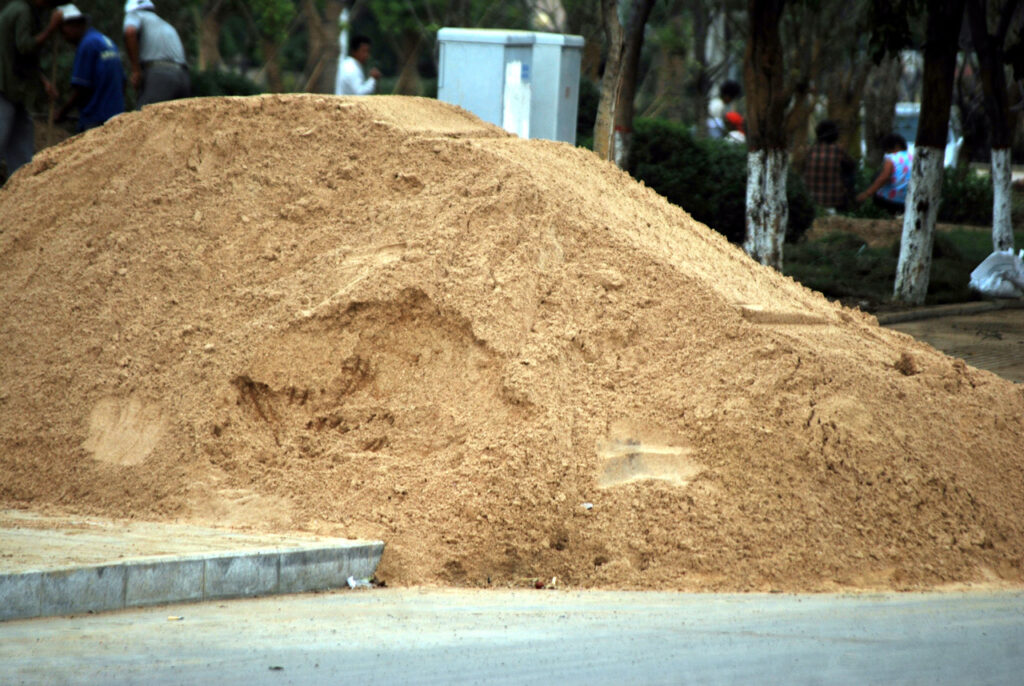Building materials that have fire resistance are important because they minimise the risk of structural damage and prevent it from happening. It can also help save lives, improve evacuation methods and improve community resilience by allowing buildings to reopen faster.
It takes longer for fire to affect buildings made of materials classified as fireproof, like concrete. This is because concrete is less combustible and acts as an insulator.
Characteristics
There are various kinds of fire-resistant materials, each with their own advantages and disadvantages. The non-combustible character of drywall (also called Gypsum Board) has made it a sought-after material. Also, it blocks heat transfer through walls. It is also possible to treat it with additives to further enhance the properties of its fire resistance.
Concrete is a durable and durable material that is capable of enduring high temperatures without losing its toughness. The concrete’s resistance to fires improves the protection and security of buildings’ the occupants and firefighters. Additionally, it minimizes damages cost and improves the repair of buildings quicker.
Timber doesn’t have a good image as a fire-resistant material, but you can make it more durable through the addition of a chemical used to prevent fire onto the exterior of its construction. Bricks, however, on one hand, are highly resilient to fire, and they is a preferred choice for both interior and exterior walls. Their incredible fire resistance capability is due to the method by which they’re constructed: being the bricks are fired under extremely hot conditions in specific kilns.

Examples
Builders may choose among a wide range of construction substances that resist fire, such as wood treated with chemical compounds to slow fire and paints like intumescent that control flames through charring to a specific depth. Concrete is an extremely popular option because it is low in thermal conductivity. It means it takes longer for fire to affect the capacity of carrying loads.
The brick is a good choice to build with because it’s not combustible. Brick can be heavy as well as expensive when compared with other construction materials.
Glass is also regarded as to be a material that is fireproof because it has the ability to endure high temperatures prior to shattering or cracking to stop spreading the flame within a building and gia cat xay to. It is possible to make modifications that could be applied to windows in order to enhance their fire-resistance like dual-pane glass and steel framing.
The importance
Fire-resistant materials reduce damages, minimize structural collapse and offer occupants greater time to leave the building. They also enhance the security of firefighters as well as assist in maintaining the structural integrity of a building. They are able to limit flame spread to other buildings or communities.
Although natural woods are prone to fire, you can increase the fire resistance of your building materials by using specific chemical. The chemicals alter the timber’s surface in order to prevent it from burning and slow down the speed that it spreads.
Concrete is an incredibly inherently fire-proof material because of its high thermal conductivity, as well as its non-combustible properties. It takes time for fire to affect concrete’s load-bearing characteristics and assists to contain fire within the structures.
There are numerous choices for framing, including steel or concrete platforms and steel frames. It is possible to have fire resistant glass placed in windows, and brick or stucco walls are an excellent choice for exterior wall cladding.
Building fire protection
These materials are able to protect buildings and their occupants from spreading flames. They can also guard windows from breaking and serve as barriers that separates buildings. They also can prevent heating and cooling of surfaces. They can help minimize the danger of a fire.
Concrete is a very tough non-combustible, nonflammable material. It can endure high temperatures for extended periods without harming the structural integrity or load-bearing capacity. Chemical coatings that are fire-retardant can increase its resistance to the flames.
Stucco is a mix composed of Portland cement as well as lime and sand, is a different material that can withstand fire. It is a good coating to build structures, it takes an extremely long time the material to burn and help firefighters evacuate residents from high-rise buildings. Treated cellulose insulation, that can be sprayed on walls in order to reduce sound and temperature can be flame-resistant if it’s infused with borate additives for fireproofing. Paints with fire retardants can be applied to the combustible fabric and decorations to increase their resistance to ignition and flames.